
Today, 25 cents won’t get you past a vending machine. But in the 1950s, it could cover essentials and the occasional small luxury. This reflected the norm for everyday spending in a thriving mid-century economy. Are you curious about what counted as affordable back then? Here’s a breakdown of what a quarter meant.
Five Packs Of Gum At The Counter
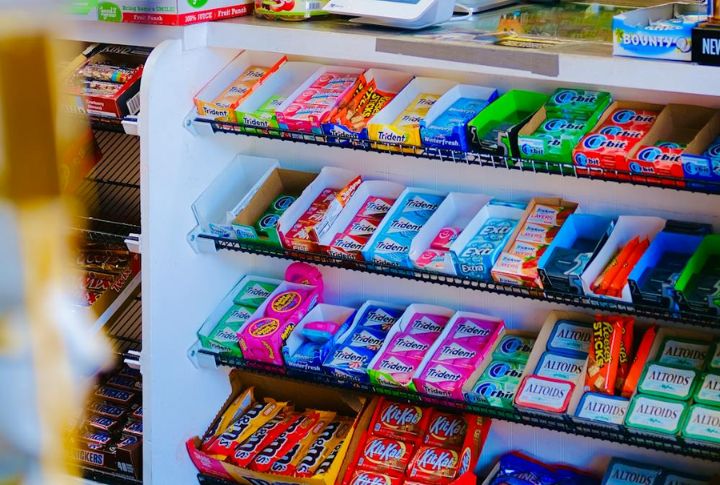
At 5 cents a pack, gum was cheap, and one quarter stretched far enough to buy five packs. Brands like Wrigley’s and Beech-Nut were staples, always found near the checkout. Kids traded pieces on the playground, while adults kept a pack handy in their pockets. It was a simple treat—cheap and easy to share.
Three Postage Stamps And Change To Spare

Postage stamps cost 3 cents for more than two decades. A quarter could mail eight letters with a penny to spare. In an era before email or text, people often wrote letters. That small coin facilitated regular communication between families, friends, pen-pals, and even businesses.
A Loaf Of Bread From The Bakery

Bread was purchased fresh every few days, wrapped in wax paper, and sealed with a tab. Sliced loaves, even premium ones, rarely passed the quarter mark. At 14 to 20 cents per loaf, white bread remained a staple, whether toasted or used to stack into a lunchtime sandwich.
Crack Open A Cold Bottle Of Coke

Coca-Cola bottles went for 5 cents in the early ’50s, but vending machines gradually bumped prices to 10 and later 25 cents. Urban areas saw the change first. A couple of extra cents got you the bottle, which you could return for a refund.
Pick Up A Classic Comic Book
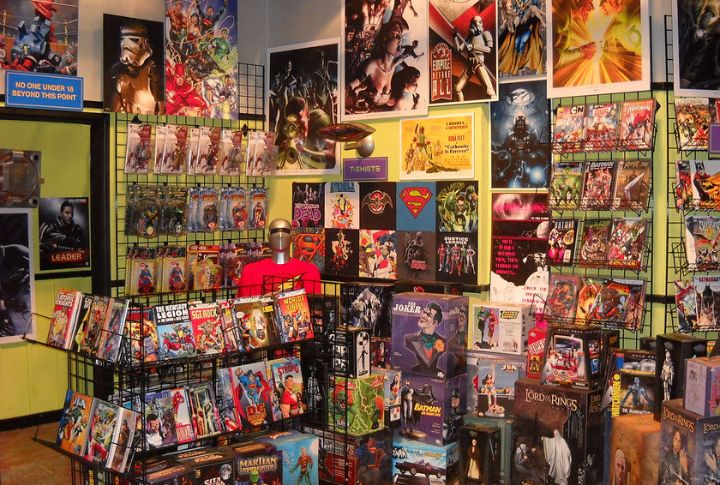
Comics like “Batman” and “Tales from the Crypt” sold for just 10 cents at the corner store. Some specials reached 25 cents, but most kids still walked away with change to spare. By the late ’50s, comic books were everywhere—from barbershops to backpacks to bedroom floors.
Indulge In Two Scoops Of Ice Cream
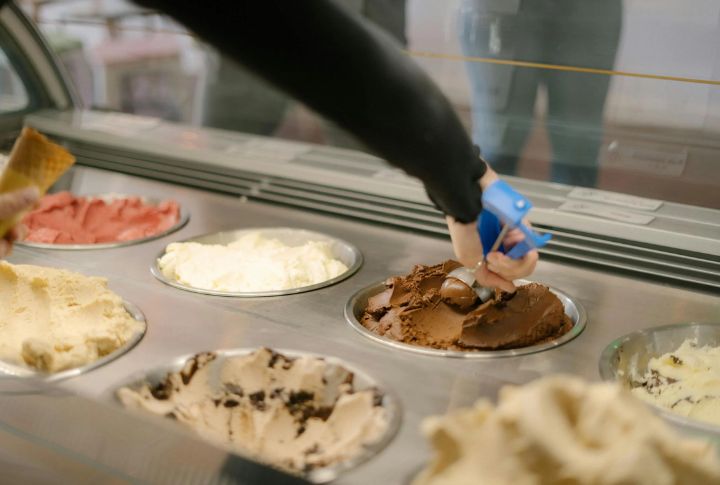
On hot days, that coin meant a cool treat and a quiet moment on the curb. A scoop usually ran 5 to 10 cents. Add a few pennies for syrup or a waffle cone, and you still stay under a quarter at nearly every neighborhood ice cream parlor.
Watch A Movie At A Saturday Matinee

Matinee tickets for kids often cost less than 25 cents throughout the 1950s. While big-city theaters charged more, small towns kept prices family-friendly. It was a weekend ritual—cartoons and a feature film, all for less than what we now drop in a gumball machine.
Get A Ballpark Hot Dog And Still Have Change

It wasn’t gourmet, but it was warm and part of the game-day experience. Families packed the bleachers with full bellies, and skipping dinner wasn’t necessary. A hot dog ran about 15 to 20 cents, though prices shifted slightly depending on which stadium you cheered in.
Two Hamburgers At The Local Diner
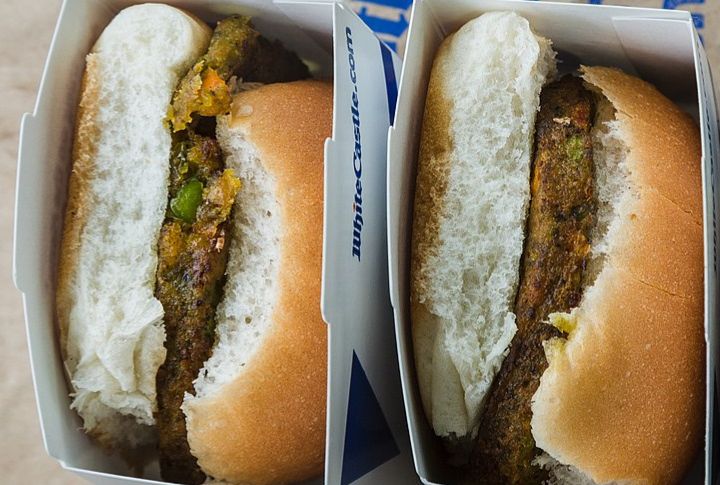
Blue-plate specials were a staple, offering full meals at budget-friendly prices. A classic diner burger cost just 10 to 15 cents, while White Castle sliders went for about 12 cents—a price that stayed steady until 1967, when it crept up to 14 cents. Add a side or a drink, and your quarter was stretched to the max.
A Pound Of Sugar From The Shelf
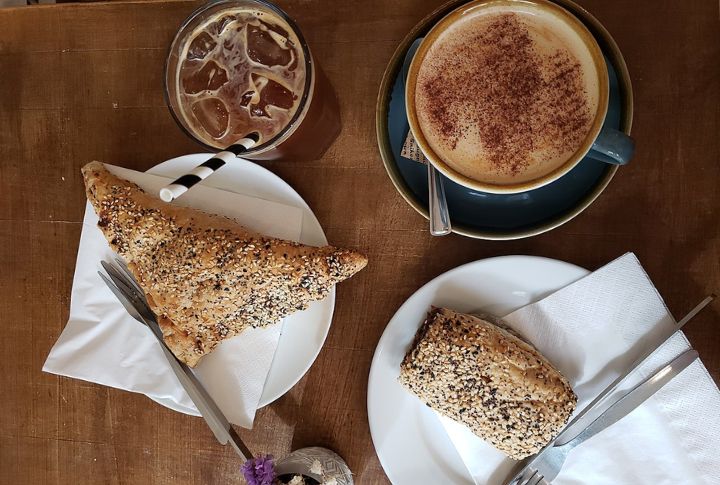
Sugar-sweetened treats—from your morning coffee to homemade weekend pies—were always close at hand. A quarter could get you two pounds of sugar, with a little change left over. At just 8 to 12 cents per pound, granulated sugar was a kitchen staple, stored in countertop canisters in just about every home.
Buy A Cap Gun Or A Marble Set

Kids could buy novelty toys without pleading for more. Toy stores and five-and-dimes stocked cap guns and marbles, some priced as low as a nickel. With a quarter, toy aisles became a playground. Prices held steady until safety laws began reshaping the market in the ’60s.
Deck Of Playing Cards From The Five-And-Dime

A standard deck of cards costs 25 cents at most dime stores. Brands like Bicycle and Bee filled drawers across American homes. Card games were a favorite after-dinner tradition, and the affordability made it easy to keep fresh decks around for guests or gifts.
Ten Bananas From The Corner Grocer
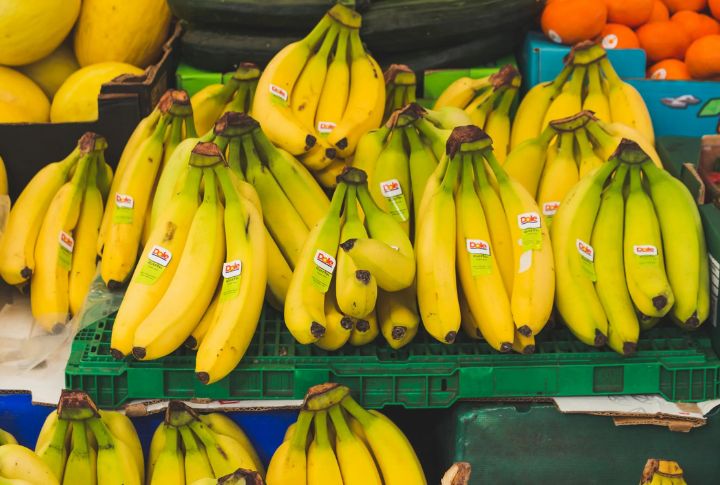
Bananas cost about 10 to 15 cents per pound in the 1950s. A quarter often brought home two to three pounds, roughly ten bananas. Whether sliced into cereal or packed for school lunches, bananas were a staple. Chiquita ads made them a household name.
A Tin Of Barbasol Shaving Cream
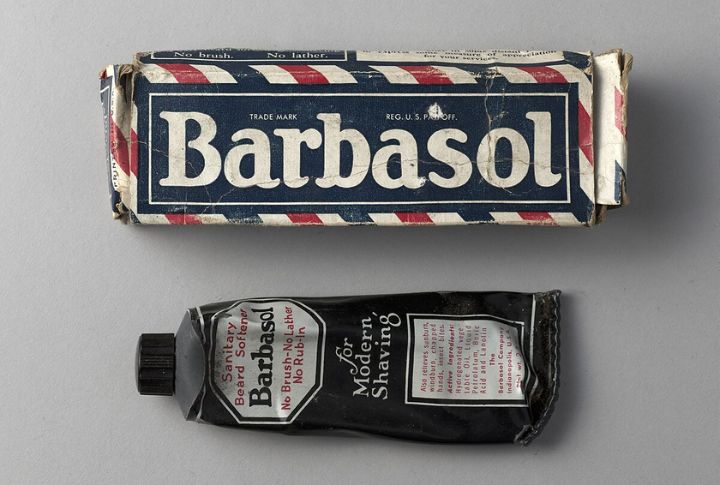
Barbasol earned loyalty for its simplicity by maintaining a steady price of 25 cents for an 11-ounce tin throughout much of the decade. Found in both drugstores and catalogs, it became a staple in grooming. Men trusted the brand, and its price remained stable for a decade of consistent demand.
A Kid’s Haircut At The Local Barber

Children’s haircuts ranged from 15 to 25 cents, based on age and city. Saturday mornings brought long lines at small-town shops. Barbers trimmed quickly—clippers buzzed, capes flew. Schoolboys were expected to stay neat, and parents appreciated a service that didn’t stretch the weekly household budget.
A Sunday Newspaper With All The Inserts
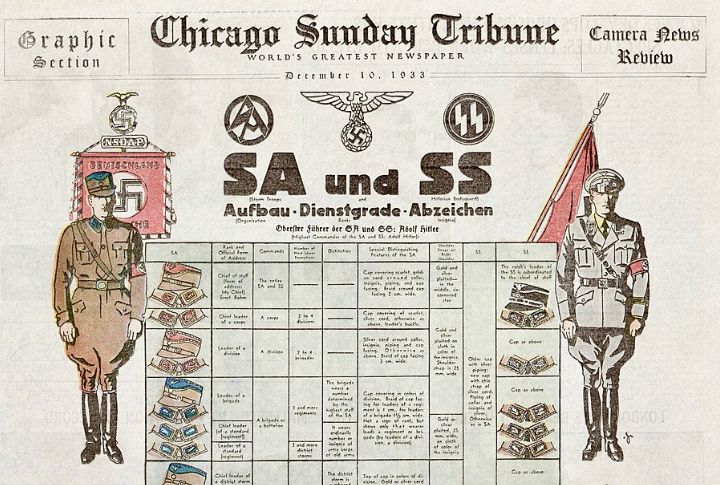
In the 1950s, local Sunday papers were packed with comics and recipes, perfect for breakfast reading. While a quarter often covered the cost, the New York Times was pricier, running 5 cents for daily editions and around 20 cents for the full Sunday edition in the city.
A Game Of Pinball At The Corner Arcade
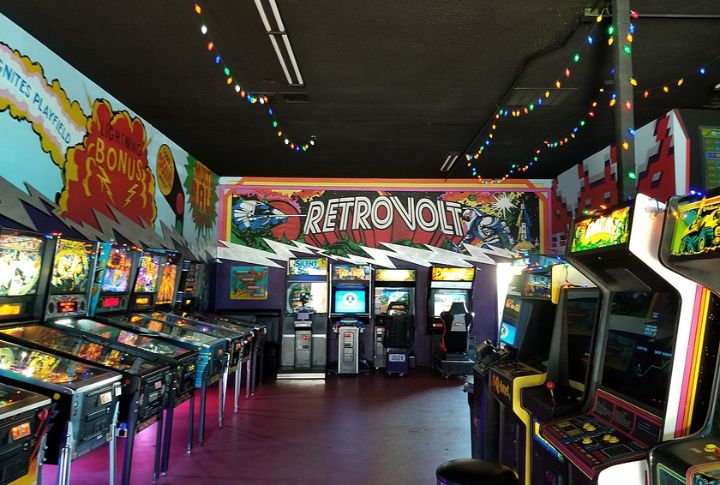
After its postwar comeback, pinball machines appeared in arcades and even corner stores. A single quarter could stretch to three or four rounds, with each game priced at 5 or 10 cents. Players came for the lights and that hypnotic silver ball, not the jackpot.
An Envelope Of Flower Seeds For The Garden
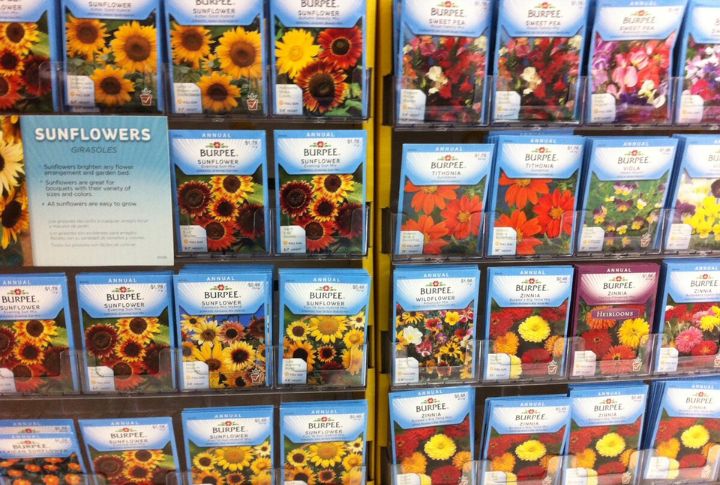
For families with backyard plots, a quarter brought spring to life—one envelope of color at a time. Marigolds and morning glories filled home gardens across the country. Seed packets sold for 10 to 25 cents at general markets and hardware stores, ready for planting with every change of season.
A Quart Of Milk From The Dairy

Milk was delivered in glass bottles or bought in-store, with a quart costing around 14 cents in 1950. Whether poured over cereal or stirred into recipes, it was used daily. Cream rose to the top, and many families left empties on the porch for morning refills.
Hop On A City Bus And Ride Across Town

In many cities, a bus ride cost just 15 to 25 cents. With a single quarter, you could ride across town—no transfer needed. Buses were packed with students, workers, and shoppers, making them a daily lifeline. For most families, it was a routine cost that stayed comfortably within reach.

